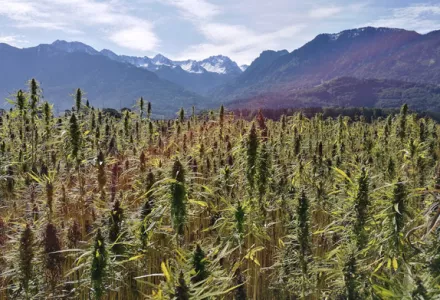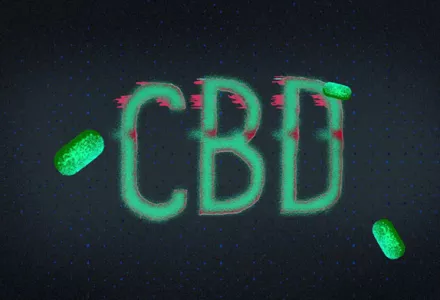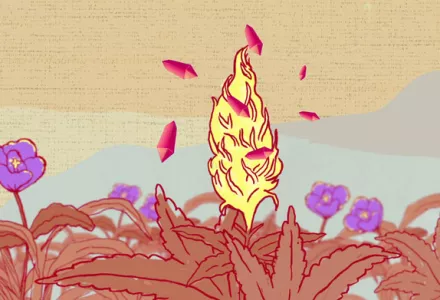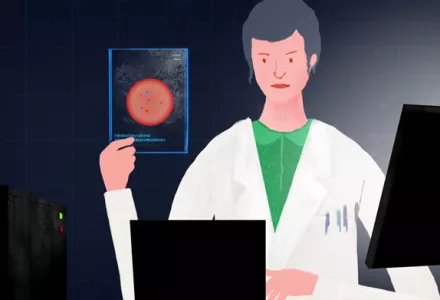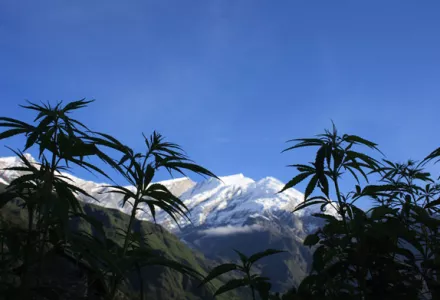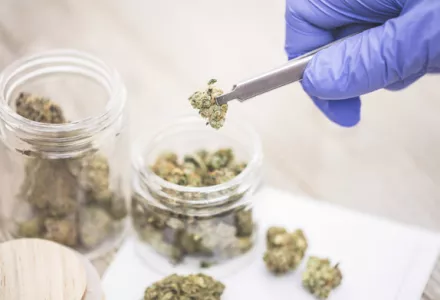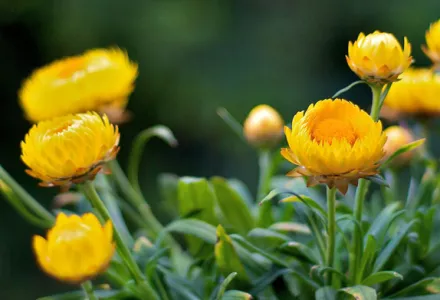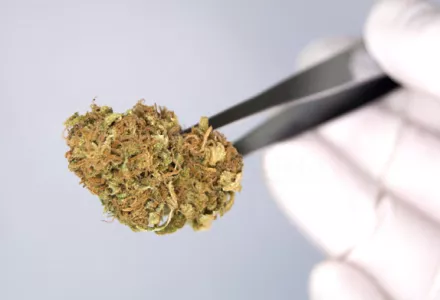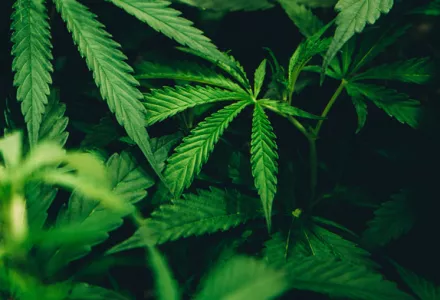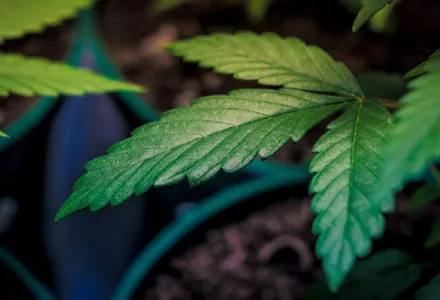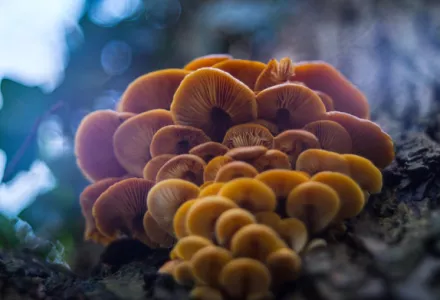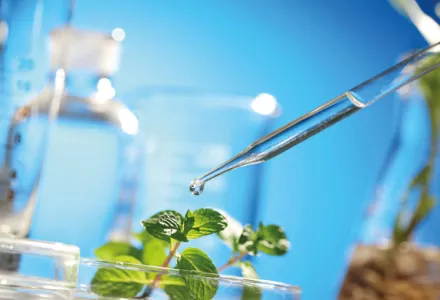This is an article created by Fundacion CANNA, a Spanish non-profit organization that carries out studies and conducts research on Cannabis and its active compounds. Its main focus is on Cannabis plants and their active compounds, related studies and scientific research, especially regarding its effects on the human body and mind and regarding Cannabis use and its derivatives. Fundación CANNA has it’s own laboratory where different kind of tests are performed.
A strong foundation for anything in life is required for success, whether it is a building, an idea, or even a person's character. This is no less true than in a plant. Half of a plant's mass is located in the medium, and the plant mimics the composition of the medium. Vintners are usually known for their abilities to discern a region from which a wine grape comes due to the qualities imparted by the native soils of those regions. These are the foundations of the crop and one that holds true across most plant species.
Each medium contains different ratios of nutrients, microbes, and non-nutritive components that some plants are well adapted at pulling from the medium. These elements may not become incorporated in the plant structure or produced compounds, but they remain to the end and affect, negatively or positively, the end consumer of these products.
The idea of the foundation affecting the plant in this way is not confined to native soils but equally as affecting, if not more so, in the use of highly controlled or designed mediums such as peat mixes, sands, even where the foundation is the air itself. Plants are as direct a reflection of the medium in which they are grown, its composition, content, and structure, as it is the materials which might be applied. Plants are, in a way, surface based filters for the soil, and some plants are really good at it.
Good Quality Medium
Whether the medium of choice is air, soil, water, or the myriad of components that are used to base a plant in, its characteristics must meet the needs of the plant. Good design starts here. All plants evolved in a particular system of these, and using the tools of porosity, chemistry, and consistency, a medium can be designed to fit the needs of a plant. It could be low concentrations of nutrients in a warm highly aerated bath of water to adding organic materials to increase nutrient storage sites and water holding capacity. Whatever a plant needs can usually be duplicated, however, there is no substitute for cleanliness.
A medium must be free of disease and pests. It must be also be free of any other contaminant that, while not always affecting the plant negatively (some even positively), will hurt the consumer or handler of the harvested product. These issues are never easy to fix or clean up, even where the problem was introduced in the making of the parent material or additions to be used as grow medium. This includes simple less apparent things such as pH control (lime), pre-fertility charges, even the water used to in production or packaging.
The Problem: accumulation of toxins
Everything the plant sees, grows in, breathes, or drinks is suspect for contamination, something that if it exists in the plants environment, can cause harm. This is the gist of the problem: The plant accumulates anything that comes in that it cannot use. There are no waste disposal services for the plant's cells. It comes in and is either used or shuttled off to the cell's own On-Site trash Dump, the vacuole. This is basically a bag of water in which some things can be stored, or forgotten.
Ions (basically charged individual elements like Calcium or complexed groups like Nitrate), like heavy metals, float through the plant tissue, through each cell, on the cellular currents and, if not picked up for use in a compound or cellular function, are swept up into these bags as excess. Here they can remain as an element like Lead or they can meet up with other ions and form bad compounds such as Nitrosamines. In any case, unused heavy metals, compounds, and even unused fertilizer elements can be stored here, and added to, across time. Now the cell has become an accumulator and concentrator of these unused items since they never come out of the cell, being just bagged and stored in the cell. Lead, for instance, may come in as impurities in the lime or in many mineral fertilizers, even in organic fertilizers sourced from high lead containing organic materials, and may come in at a relatively small dose of say 1 part per million (ppm) daily, but over the course of a growing season of 180 days suddenly adds up to 180 ppm lead, which is an issue. Since the human body will also store this lead, every 180 ppm dosage adds to what is present until a big problem occurs. Cumulative effects are real and can be deadly.
These potential contaminants can occur in anything added to the growing effort. It goes without saying that fertilizers applied are the biggest source, either from contamination or very poor design, but just as critical is the base material of the medium Peat can be contaminated in peat mixes, coco, rockwool, mineral soils, water, and the air can all carry contamination. Even organic materials derived from organic material can be a source. A crop of hemp grown organically on an old industrial site and turned into compost will take with it high levels of many heavy metals and radioactive materials, which will be transferred to the new plants as the old decompose and release these now high levels of contamination.
The key to avoiding this is in the quality of the input materials. Use high quality medium, know what the water has in it removing contaminants if necessary, and clean nutrients as inputs to keep the problem limited. Make sure the pH is always under control and correct to control and ensure proper nutrient availability.

